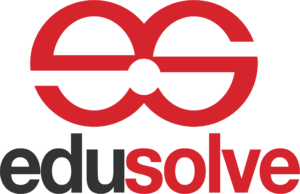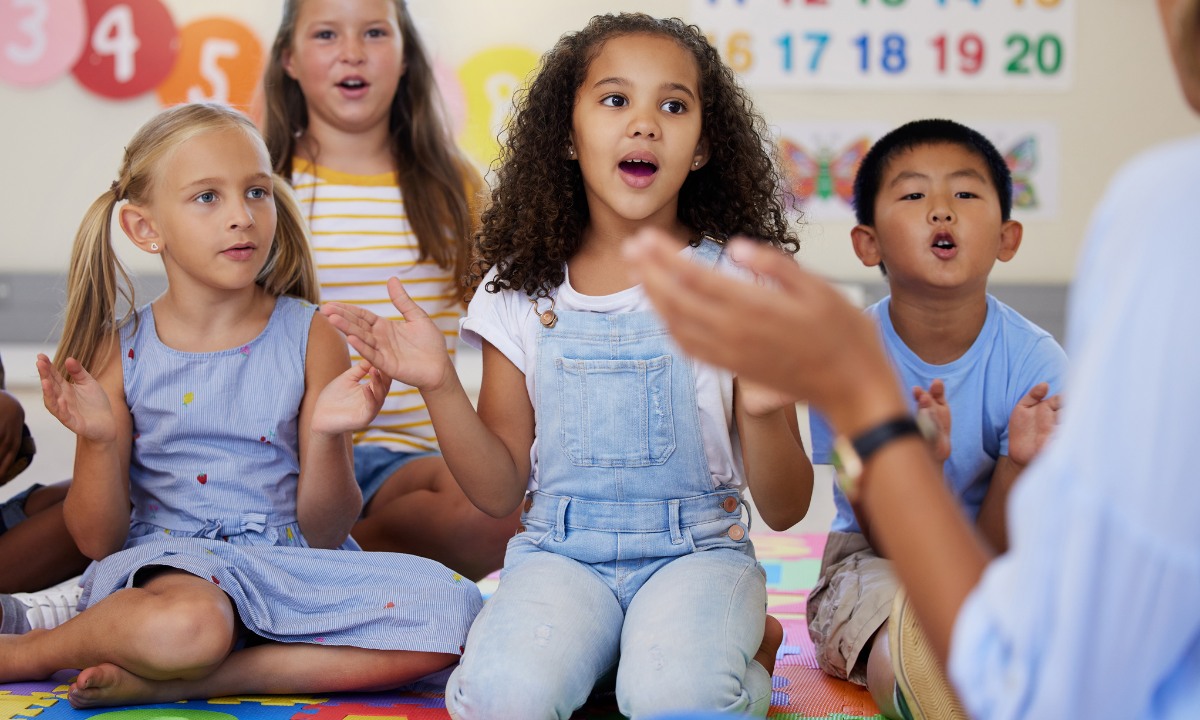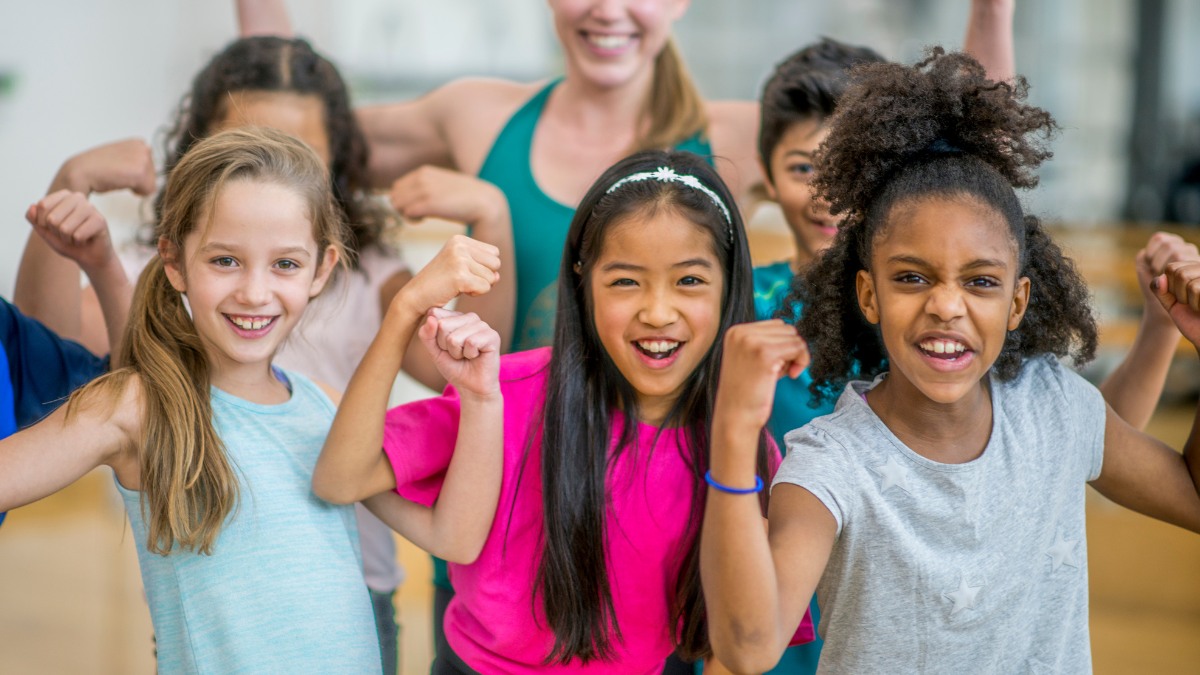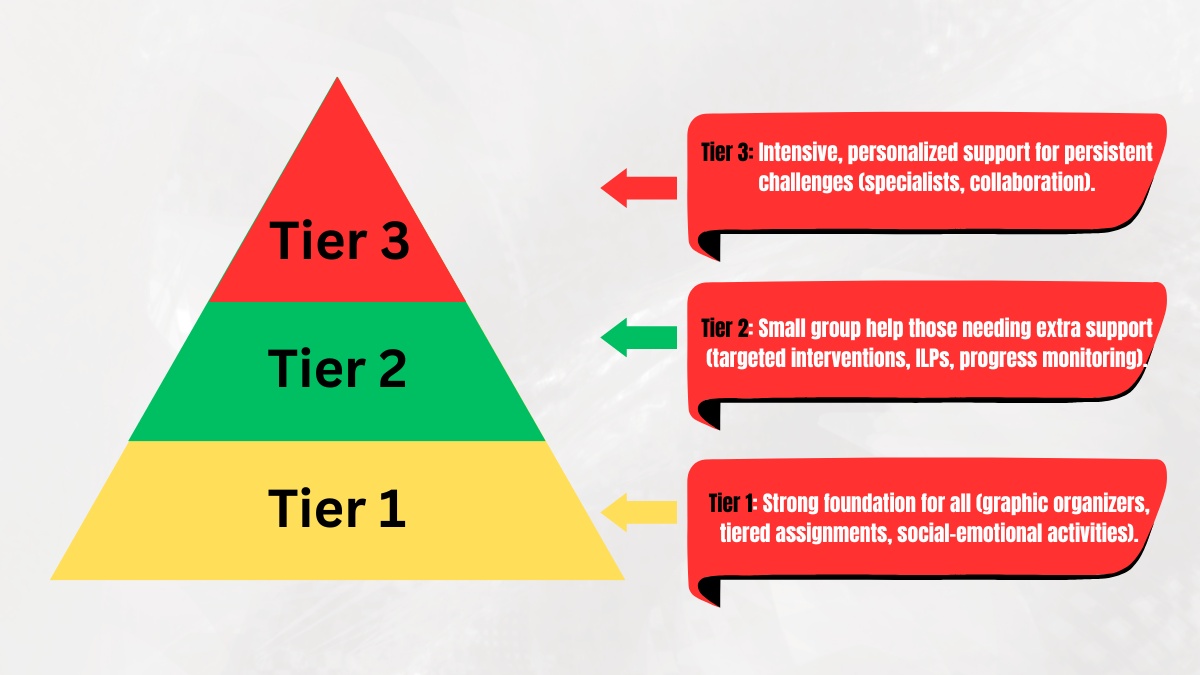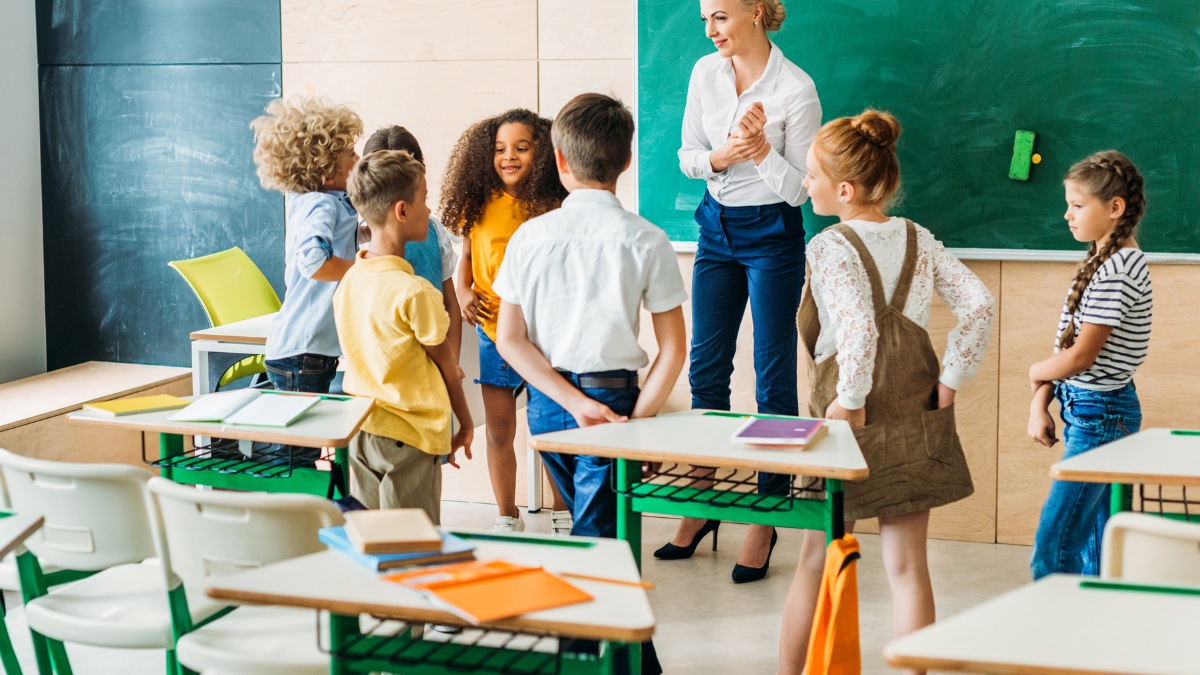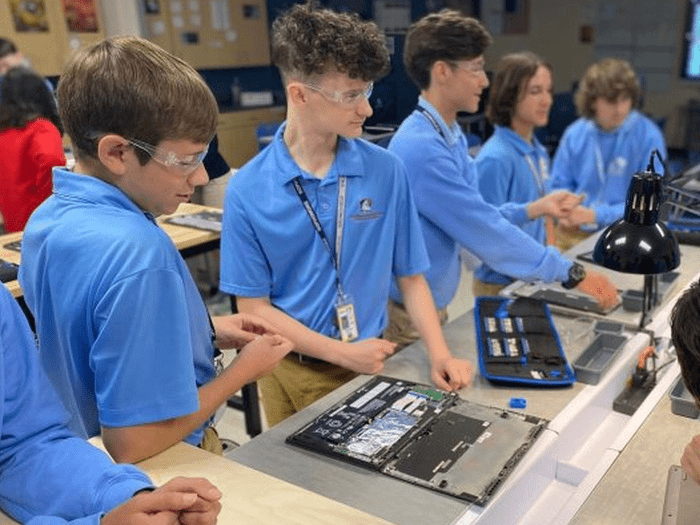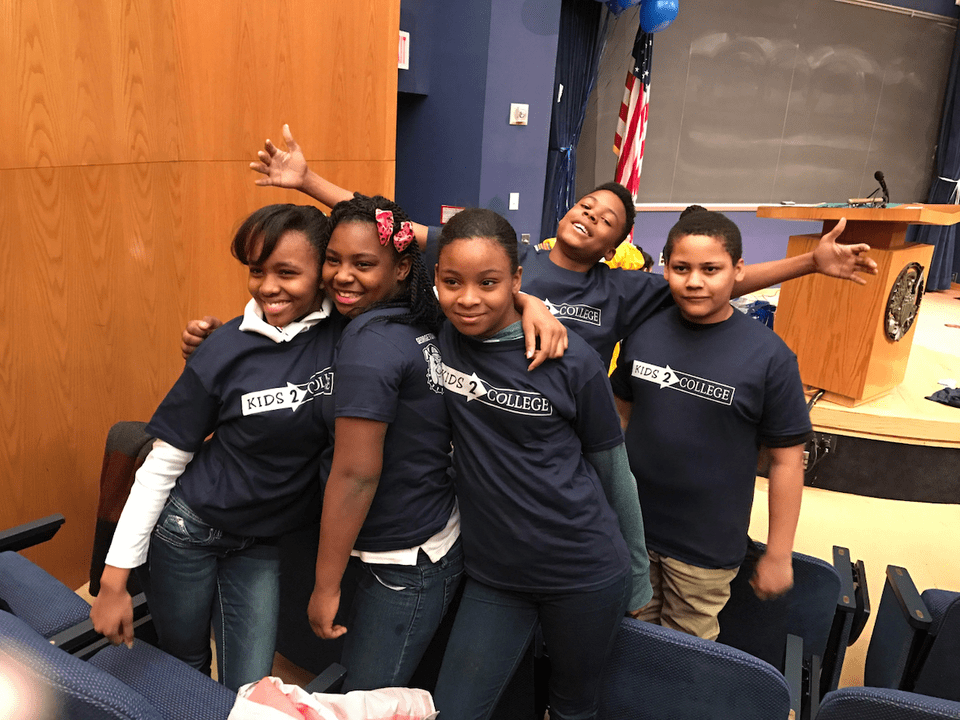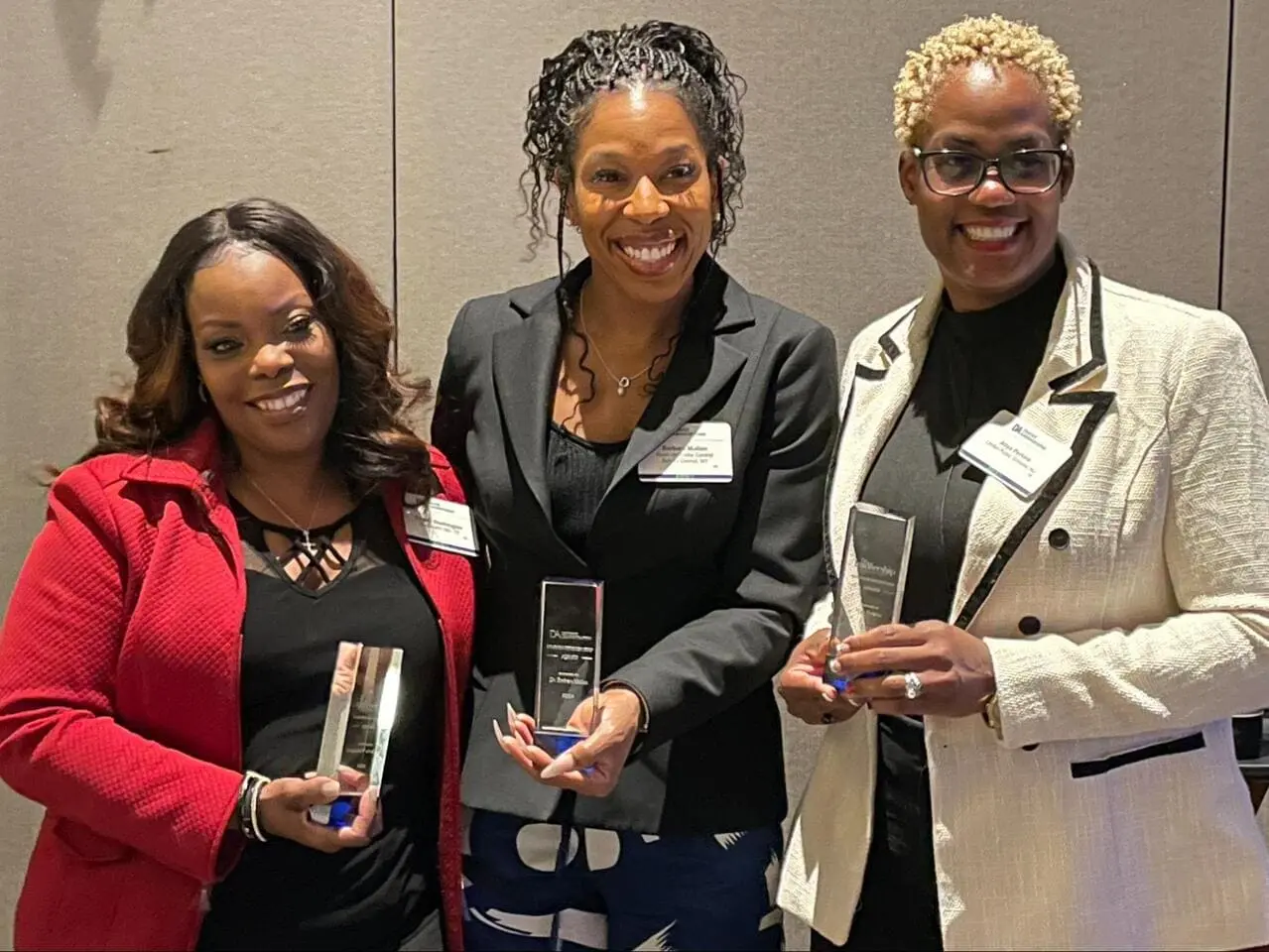These programs offer more than just a safe space to wait for parents. Positive youth development (PYD) after-school programs are designed to nurture young minds and spirits, fostering a space where kids can thrive beyond academics.
Building Strong Foundations
Positive youth development after school programs take a strengths-based approach, recognizing the unique talents and potential within each child. Through engaging activities, mentorship, and social interaction, these programs cultivate important skills:
- Social and Emotional Learning (SEL): PYD programs weave SEL principles into their activities. Kids learn teamwork, communication, empathy, and healthy conflict resolution, all essential for navigating life’s social landscape.
- Academic Enrichment: While not solely focused on academics, PYD programs can provide a supportive environment for homework help and extended learning. This can boost academic confidence and spark a love of lifelong learning.
- Leadership and Decision-Making: Many programs offer opportunities for youth to take initiative, plan activities, and lead discussions. This fosters a sense of agency and empowers young people to make positive choices.
- Resilience and Problem-Solving: Navigating challenges is a natural part of growing up. PYD programs equip kids with the tools to bounce back from setbacks and develop problem-solving skills that will serve them well throughout their lives.
More Than Just Programs, It's Community
The impact of positive youth development programs extends beyond the individual child. These programs create a supportive community where kids can forge positive relationships with peers and caring adults. This sense of belonging fosters a feeling of safety and self-worth, a crucial element for healthy development.
Finding the Perfect Fit
The beauty of PYD programs lies in their diversity. From STEM exploration and coding clubs to art workshops and sports leagues, there’s something for every interest. The key is to find a program that aligns with your child’s passions and provides a sense of belonging.
Investing in the Future
PYD after-school programs offer a powerful investment in our future. By nurturing young minds and fostering positive development, we equip our youth with the tools they need to become well-rounded, confident individuals ready to make a positive impact on the world. So, the next time the bell rings, consider the possibilities that lie beyond the classroom walls. A PYD program might just be the key to unlocking your child’s full potential.
The Powerful Benefits of Youth Development Programs
School is a cornerstone of growing up, but what about the hours after the final bell rings? Youth development programs step in, offering a wealth of benefits that extend far beyond academics. These programs provide a positive space for young people to explore their interests, build skills, and blossom into well-rounded individuals. Here’s a glimpse into the transformative power of youth development programs:
Sharpened Social and Emotional Skills (SEL): These programs go beyond textbooks, fostering crucial social and emotional skills. Through teamwork, communication exercises, and navigating group dynamics, young people develop empathy, conflict resolution strategies, and a strong sense of self-awareness.
Boosted Academic Confidence: While not solely focused on academics, youth development programs can play a significant role in boosting academic performance. Supportive after-school environments offer valuable homework help and opportunities to solidify classroom learning. This can spark a love for learning and equip students with the tools to excel.
Leadership and Decision-Making Skills: Many programs create opportunities for young people to take charge. Planning activities, leading discussions, and taking initiative fosters a sense of agency and empowers them to make positive choices. These leadership skills translate well into academic settings and future careers.
Building Resilience and Problem-Solving: Life throws curveballs, and youth development programs equip young people to handle them effectively. Through project-based activities and navigating challenges within the program environment, they develop resilience, critical thinking, and problem-solving skills that will serve them well throughout their lives.
A Strong Support System and Positive Relationships: These programs aren’t just about individual development; they create a supportive community. Young people forge positive connections with peers and caring adults who act as mentors and role models. This sense of belonging fosters self-worth and provides a safe space to explore and grow.
Reduced Risk Factors: Studies have shown that participation in positive youth development programs can lead to positive behavioral changes. By providing a structured and engaging environment, these programs can help reduce involvement in risky activities like substance abuse or delinquency.
The benefits of positive youth development after school programs extend far beyond this list. They empower young people, build strong communities, and ultimately, invest in a brighter future. So, if you’re looking for ways to help your child or teen thrive beyond academics, consider the possibilities offered by a youth development program. It might just be the stepping stone they need to unlock their full potential.
Ready to learn more?
Transform your educational landscape with EDU-SOLVE‘s dynamic services. Embrace culturally affirming community engagement, empower leaders through executive training, and harness the power of federal programs and resource development. Elevate your institution with our expertise in Multi-Tiered System of Supports (MTSS), Social Emotional Learning, Systems Building, and Strategic Planning. Join us in shaping a brighter educational future. Take action today for impactful and inclusive solutions . Let’s build a thriving educational community together!
Also Read:

